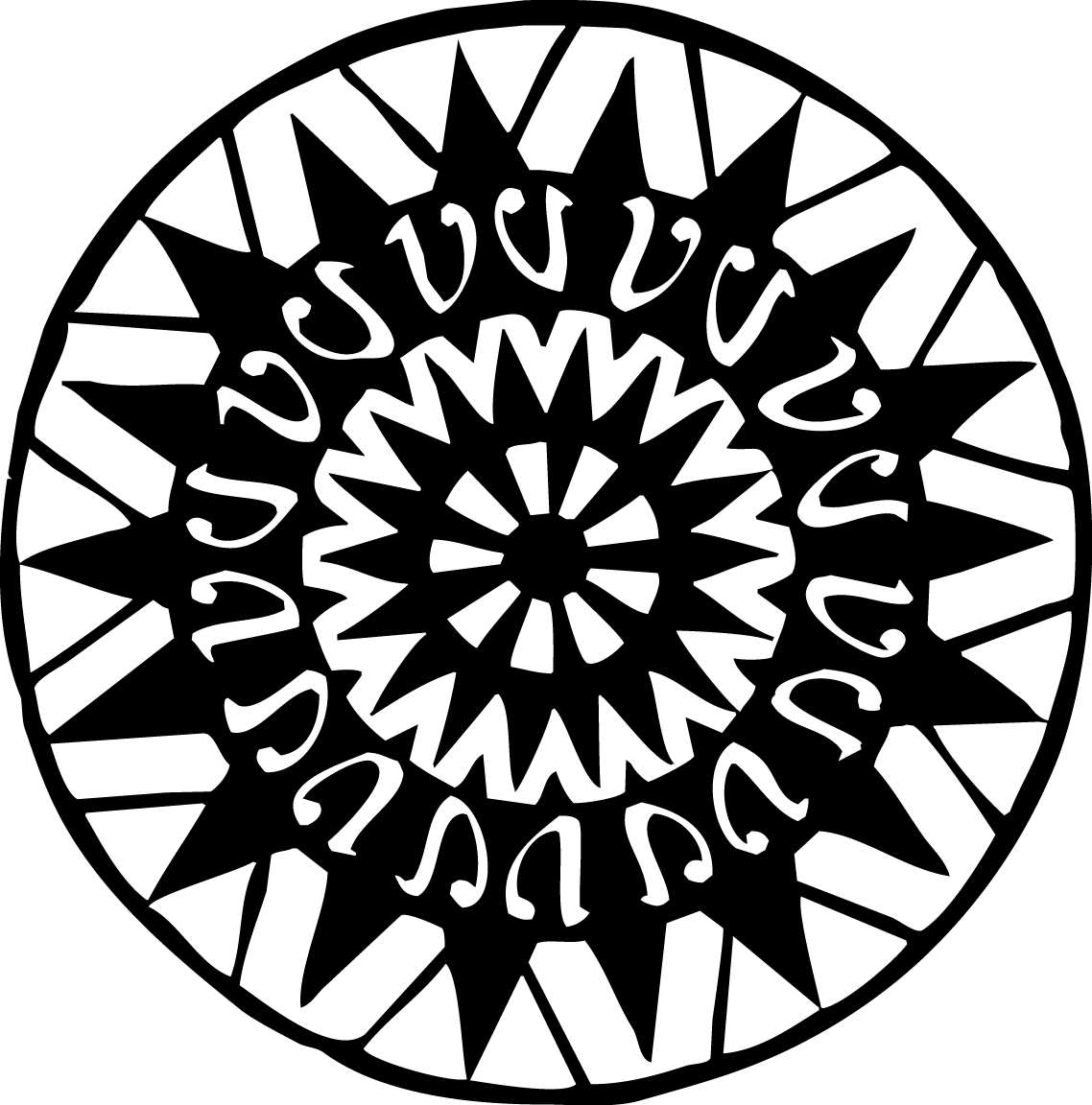When you design for the fringe audience instead of the typical target audience you can get to innovation faster. Those who live in the fringe typically have problems that most of us haven't thought about.
As technology, the maker community and entrepreneurship explode people are tackling solutions for those of us at the fringe. Most of these innovators have a personal story that sent them on their journey and kept them focused while solving a difficult problem.
I've written about my own story and also shared products created by Nate, Ken and Brooke's parents. Those solutions were developed because someone they loved had a real problem. Similarly, Andreas Forsland found himself an unexpected custodian of a family member who needed a new solution.
His mother developed pneumonia while visiting. She became septic, had kidney failure and was in the ICU for seven weeks, unable to verbally communicate with her family.
Though his mother has recovered, the helplessness he felt during his mother's illness remained with him. Since his mother could communicate through hand squeezes and simple gestures, Andreas began looking at non-verbal ways of communicating.
This video explains the product and its origin story.
They're selling prototypes and recently fundraised.
What I like about it
Their philosophy: communication should be tactile, simple and natural.
- Preprogrammed messages will make it easy to communicate with others.
- The shape of the stone would feel natural in the palm of your hand.
- It is a new way of communicating for those who cannot speak, text or use a computer
Though there are barriers they'll need to work through, it has tons of potential.
Learn more about Smartstones and consider ordering one for you and your family.
Designing for the Fringe: Making dysphagia-safe carrots at home.
The presentation and my notes from my portion of the presentation at South by Southwest (SXSW). My perspective was mostly focused on the utilitarian purpose fo 3D printed food -- particularly for those with Swallowing Disorders (Dysphagia).
Dysphagia is the medical term for the symptom of difficulty in swallowing. Dysphagia brings a major life change. Advancements in the word of 3D printing open the door for more people to enjoy nutritious, fresh food.
A few notes about my submission to the Panel Picker for the 2016 SXSW Interactive festival.
A tiny home could make it easier for my mom to age near us (or for us to live near her).
The US transportation system falls short for the elderly. Understanding why can make it better.
The NEA focuses an entire issue on the arts and accessibility to celebrate the 25th anniversary of the Americans with Disabilities Act. *Swoon*
Stephanie Thomas is cur8able, curating clothing and lifestyle products that are accessible /smart/ stylish for people with disabilities.
A video game, Forget-Me-Knot, helps people understand what it is like to have Alzheimer's.
Headphones help those who are blind use the ATM. Watch and learn.
BrainDance is a collaborative project bringing together dance choreographers, neuroscientists, physicians, philosophers and people with Parkinson's disease to explore movement.
Despite multiple setbacks, Frida Kahlo did not live in the world of the disenfranchised. She lived as a goddess whose entire being is a work of art.
The dying process is messy. It’s hard on everyone. It’s confusing. It’s painful. It’s the beginning of your grief. Talking about it early will help the survivors cope.
The story of one shoe that expands to 5 sizes and last for five years.
Surfing the web, and this website, with a screen reader.
How the blind watch movies, TV and play video games.
Emily McDowell made empathy cards to say all the things that are difficult to say.
As your parents and loved ones grow older you start to notice subtle differences in the way they live their lives. These modifications generally come after something has happened.
Crisis Mappers Network, a large, active, international community of experts, practitioners, policymakers, technologists, researchers, journalists, scholars, hackers and skilled volunteers who are using technology, crowd-sourcing and crisis mapping to answer our humanitarian needs.
Through telepresence and a Segway-like robot, Beam helps those with disabilities see the world.
Can using 3D printing solve animal protection issues?
A wearable device that allows you to send messages with simple gestures.
The get-to-know-you card game for people you've known your whole life.
Personal experience helped a Boy Scout create a wearable to prevent Alzheimer's patients from wandering.
A 12-year-old makes a braille printer with Legos. In other unrelated news, I waste a lot of time watching TV.
Banana fibers solve a problem for 50% of the developing world.
Peter and Peregrine are advocating for children and engineers to work together to create solutions.
Lisa Russell speaking about creating empowering film narratives. No more sad documentaries!
Neil Brandvold speaking on conflict journalism and what it's like to be a witness to culture changing moments.






























Discussing Designing for the Fringe on the 3D LILA Podcast.